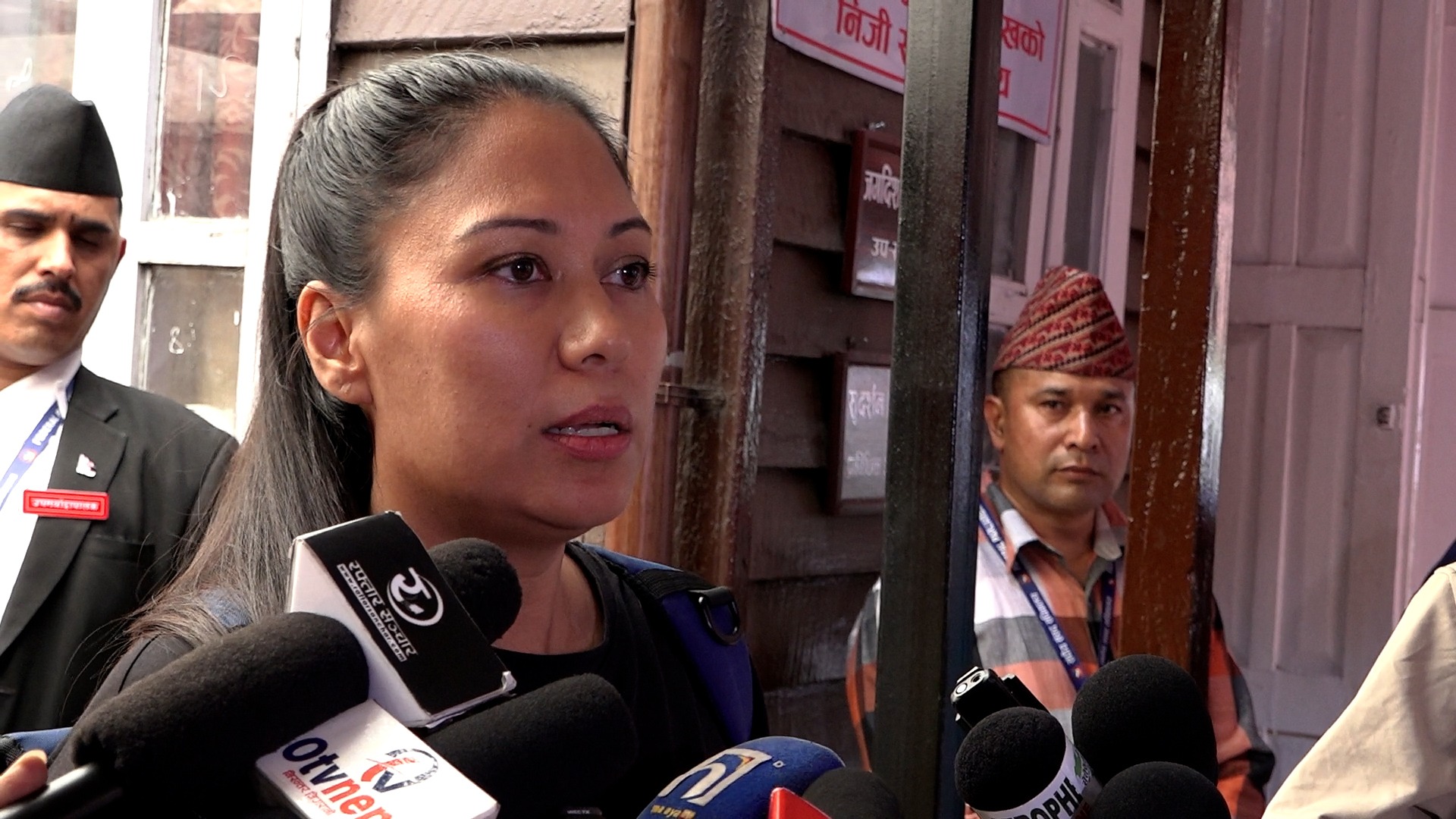Concept and Concerns of Solar Radiation Management (SRM)

The concepts and concerns surrounding Solar Radiation Management (SRM) are the subject of intense debate and controversy in the current discourse. This debate was prominent during the United Nations Sixth General Assembly, in which I participated as a UNEP-affiliated Civil Societies (major groups and stakeholders) Regional Facilitator of North America. A condensed version of this discussion was published in the Major Groups Newsletter from February to March 2024, coinciding with UNEA 6 in Nairobi, Kenya. The purpose of this paper is to provide insight into the progress of global research and how the interconnected challenges of the triple planetary crisis impact the health of Earth, eliciting growing concerns among scientists worldwide. This opinion article is based on web information.
Solar Radiation Management (SRM) encompasses a set of proposed techniques aimed at mitigating the effects of global warming by manipulating Earth’s climate system. These techniques typically involve either reflecting sunlight away from Earth or removing carbon dioxide from the atmosphere.SRM techniques aim to counteract the warming effect of greenhouse gases by either reducing the amount of sunlight reaching the Earth’s surface or by enhancing the Earth’s ability to reflect sunlight into space. The impact of SRM depends on the effectiveness of these techniques in restoring a balance in the Earth’s energy budget and mitigating the rise in global temperatures. Several methods have been proposed for implementing SRM; however, these methods are still in the inception phase. The following are a few methods discussed below.
Stratospheric Aerosol Injection
Stratospheric Aerosol Injection is a proposed method within the realm of Solar Radiation Management (SRM) that aims to counteract global warming by mimicking the natural cooling effects observed after large volcanic eruptions. This technique involves the deliberate injection of reflective aerosols, primarily sulfur dioxide particles, into the stratosphere. Once injected, these aerosols disperse and form a thin layer that scatters incoming sunlight, effectively increasing the Earth’s albedo or its ability to reflect solar radiation into space. This process is inspired by historical observations of volcanic eruptions that release significant amounts of sulfur dioxide into the atmosphere. These eruptions are known to cause short-term cooling of the Earth’s surface by reflecting sunlight and reducing the amount of solar radiation that reaches the surface.
The concept behind Stratospheric Aerosol Injection involves artificially replicating this natural phenomenon on a smaller scale to counteract anthropogenic global warming. By injecting sulfur dioxide or other reflective particles into the stratosphere, proponents believe that it is possible to create a similar cooling effect, thereby offsetting some of the warming caused by greenhouse gas emissions. This approach is often considered as a potential “quick fix” solution to mitigate the impacts of climate change, particularly in scenarios where rapid action is deemed necessary to prevent catastrophic consequences.
However, the implementation of Stratospheric Aerosol Injection raises several scientific, technical, and ethical considerations. Although volcanic eruptions provide a natural laboratory for understanding the effects of aerosols on climate, replicating these effects artificially involves significant uncertainties and potential risks. The long-term consequences of injecting large quantities of aerosols into the stratosphere are not fully understood, and there is a risk of unintended side effects, such as changes in precipitation patterns, impacts on ozone depletion, and potential disruptions to regional climates.
The prospect of deliberately manipulating the Earth’s climate system through Stratospheric Aerosol Injection raises ethical concerns about the potential for unforeseen consequences and implications of intervening in complex natural processes. Questions on who should have the authority to make decisions regarding SRM deployment, the distribution of benefits and harms, and the potential for geopolitical tensions are also important considerations that need to be addressed. Although Stratospheric Aerosol Injection represents a potential tool for mitigating the impacts of climate change, it underscores the need for cautious research, transparent governance, and international cooperation to thoroughly assess its feasibility, risks, and implications. This should be viewed as a complementary approach to broader efforts aimed at reducing greenhouse gas emissions and transitioning towards a more sustainable and resilient future.
Marine Cloud Brightening:
Marine Cloud Brightening is a proposed geo engineering technique within the realm of Solar Radiation Management (SRM) aimed at mitigating global warming by modifying marine clouds to increase their reflectivity. This process involves the intentional introduction of sea salt aerosols or other particles into low-lying marine clouds, also known as stratocumulus clouds. These aerosols act as cloud condensation nuclei, encouraging the formation of smaller water droplets within the clouds. As a result, the cloud becomes more reflective, or “brighter,” increasing its albedo and enhancing its ability to reflect sunlight into space.
The concept of Marine Cloud Brightening is inspired by the natural processes observed in marine environments, where sea salt particles emitted by breaking waves serve as nuclei around which cloud droplets form. By augmenting this natural process through deliberate aerosol injection, proponents of the technique believe that it is possible to enhance the reflective properties of marine clouds, thereby reducing the amount of solar radiation reaching the Earth’s surface and counteracting global warming. Marine Cloud Brightening offers several advantages over other SRM techniques. Unlike stratospheric aerosol injection, which carries the risks of long-term ozone depletion and regional climate disruptions, Marine Cloud Brightening operates within the lower atmosphere and is therefore considered to have fewer potential side effects. Additionally, the localized nature of marine cloud modification allows for more precise control over the distribution and intensity of the cooling effect, potentially minimizing unintended consequences.
The feasibility and effectiveness of Marine Cloud Brightening remain a subject of scientific investigation and debate. Key challenges include determining the optimal aerosol distribution and concentration, understanding the interactions between aerosols, clouds, and atmospheric dynamics, and assessing the potential impacts on precipitation patterns and regional climates. Furthermore, there are concerns about the ethical implications of deliberate intervention in natural cloud processes and the potential for unforeseen environmental consequences. Despite these challenges, research on Marine Cloud Brightening continues, with ongoing efforts to better understand its potential risks and benefits through computer modeling, laboratory experiments, and small-scale field trials. As with all forms of geo engineering, transparent governance, international cooperation, and careful consideration of social, ethical, and environmental implications are essential to ensure responsible and informed decision-making regarding the potential deployment of Marine Cloud Brightening as a climate mitigation strategy.
Surface Albedo Modification
Surface Albedo Modification is a proposed geo engineering approach aimed at mitigating global warming by altering the reflectivity of Earth’s surface. This technique involves intentionally increasing the albedo or reflectivity of land surfaces such as deserts, agricultural lands, urban areas, or other land cover types. The goal is to enhance the ability of these surfaces to reflect incoming sunlight into space, thereby reducing the amount of solar radiation absorbed by the Earth’s surface and the lower atmosphere.
Several methods have been proposed for modifying surface albedo. One approach involves applying reflective materials, such as light-colored paints, coatings, or reflective films, to surfaces, such as rooftops, roads, or agricultural fields. These materials increase the amount of sunlight reflected rather than absorbed, thus reducing the surface temperatures and mitigating the urban heat island effect. Another method involves altering land use practices, such as planting crops with higher albedo, or changing agricultural practices to promote the growth of vegetation with more reflective properties.
The concept of Surface Albedo Modification is based on the well-established principle that lighter-colored surfaces reflect more sunlight than darker surfaces, which absorb more solar radiation and heat. By increasing the reflectivity of land surfaces, proponents argue that it is possible to offset some of the warming caused by increasing levels of greenhouse gases in the atmosphere.
Surface Albedo Modification offers several potential advantages as a climate mitigation strategy. Unlike other geoengineering techniques, such as stratospheric aerosol injection, Surface Albedo Modification operates at the Earth’s surface and is generally considered to have fewer potential side effects and risks. Additionally, many of the methods for increasing surface albedo, such as painting roofs white or planting reflective crops, are relatively inexpensive and can be implemented on a small scale using existing technology.
The Surface Albedo Modification presents several challenges and uncertainties. There are questions regarding the scalability and effectiveness of various methods, as well as potential unintended consequences, such as changes in local climates or impacts on ecosystems and agriculture. Furthermore, there are ethical considerations related to altering natural landscapes and ecosystems for climate change intervention. Research on Surface Albedo Modification is ongoing, with scientists conducting studies to better understand its potential impacts, feasibility, and limitations. As with all geoengineering approaches, transparent governance, careful risk assessment, and consideration of social, ethical, and environmental implications are essential to ensure responsible decision-making regarding the deployment of Surface Albedo Modification as a climate mitigation strategy.
Space-based Reflectors:
Space-based Reflectors represent a novel concept within the realm of geoengineering, aiming to mitigate the effects of global warming by placing large mirrors or reflective spacecraft in orbit around Earth. The idea is to create an artificial shield that intercepts a portion of incoming sunlight and reflects it away from the planet, thus reducing the amount of solar radiation absorbed by the Earth’s surface and the lower atmosphere.
The concept of Space-based Reflectors draws inspiration from natural phenomena, such as volcanic eruptions, which release aerosols into the atmosphere and temporarily reduce global temperatures by scattering sunlight. However, instead of relying on atmospheric interventions, this approach involves placing reflective surfaces in space to achieve similar cooling effects.
The proposals for Space-based Reflectors vary in scale and complexity. Some have suggested deploying large, stationary mirrors in geostationary orbit, where they would remain fixed relative to the Earth’s surface, redirecting sunlight away from specific regions or at strategic angles to achieve the desired cooling effects. Others have proposed using swarms of smaller mobile spacecraft equipped with reflective surfaces that can be dynamically positioned to optimize sunlight reflection and adjust to changing atmospheric conditions.
Advocates of Space-based Reflectors argue that this approach offers several advantages over other geoengineering techniques. By intercepting sunlight before it reaches Earth’s atmosphere, Space-based Reflectors could provide a more controlled and targeted method for reducing global temperatures, with the potential to mitigate regional climate disparities and minimize unintended side effects. In addition, the space environment offers a vast expanse for deploying reflective surfaces without the constraints of land or atmospheric interference.
The implementation of space-based reflectors poses significant technical, logistical, and ethical challenges. The deployment and maintenance of large-scale space infrastructure are complex and costly endeavors that require advanced technology, international cooperation, and sustained investment. Additionally, there are concerns regarding space debris and the potential for collisions between reflective spacecraft and other objects in orbit, which could generate additional debris and pose risks to operational satellites and spacecraft.
Space-based Reflectors raise ethical questions about the potential for the militarization of space, control over global climate systems, and equitable distribution of benefits and risks associated with geoengineering interventions. The prospect of deliberately manipulating Earth’s energy balance from space also underscores the need for transparent governance, international cooperation, and robust risk assessment frameworks to ensure responsible decision-making and minimize potential unintended consequences. Although Space-based Reflectors offer a scientifically intriguing concept for climate intervention, further research and evaluation are necessary to comprehensively assess their feasibility, efficacy, and potential impacts. As with all forms of geoengineering, careful consideration of social, ethical, environmental, and geopolitical factors is essential to inform responsible and informed decision-making regarding the deployment of Space-based Reflectors as a climate mitigation strategy.
Potential risks and adverse effects
The implementation of SRM techniques can have unintended consequences and potential risks. For example, altering the amount of sunlight reaching Earth can disrupt regional weather patterns, affect precipitation, and impact ecosystems. Additionally, SRM methods may not address other aspects of climate change, such as ocean acidification, and may mask the underlying problem of greenhouse gas emissions without addressing their root causes.
Ethical Considerations:
The SRM raises significant ethical concerns related to its potential impact on the global society and ecosystems. There are questions regarding who would have the authority to implement SRM techniques, who would bear the risks and potential negative consequences, and whether deploying such interventions would be justifiable without addressing the root causes of climate change. Ethical frameworks that emphasize transparency, inclusivity, and informed consent are crucial for evaluating the ethical implications of the SRM.
Geopolitical Implications
The deployment of SRM techniques could have geopolitical implications as countries may have differing interests, priorities, and concerns regarding climate change and SRM deployment. Disagreements over SRM strategies and their potential impacts can lead to tensions or conflicts among nations. Moreover, questions of governance, liability, and international cooperation should be addressed to ensure the responsible and equitable deployment of SRM techniques on a global scale.
SRM techniques have been the subject of significant scientific research and debates. Proponents argue that the SRM could provide a relatively inexpensive and quick method to counteract global warming, potentially buying time to implement long-term solutions to reduce greenhouse gas emissions. However, critics raise concerns about potential unintended consequences and risks associated with the SRM, including regional climate disruptions, impacts on precipitation patterns, and ethical considerations regarding the deliberate manipulation of the Earth’s climate system.
In my opinion, it is important to note that while SRM techniques may offer potential benefits, they are not considered a substitute for mitigation efforts aimed at reducing greenhouse gas emissions, which remains essential for addressing the root causes of climate change. Additionally, the complex and uncertain nature of the SRM’s impact underscores the need for careful research, international cooperation, and transparent governance frameworks before any large-scale deployment of these techniques.
The impact of Solar Radiation Management on climate change mitigation involves a complex interplay of its effectiveness in altering Earth’s energy balance, potential risks and side effects, ethical considerations, and geopolitical implications. As such, thorough scientific research, international collaboration, and ethical deliberation are necessary to assess the feasibility and implications of SRM deployment in addressing the challenges of climate change.
(I would declare that I am not an expert of SRM management, and I position myself neutral on its application. This opinion article is based on online sources) *
Prof. Medani Bhandari is one of the Regional Facilitators of North America, senior vice president at Akamai University, USA, and Director of Atlantic State Legal Foundation, USA. He is a well-known humanitarian and environmentalist who has published about 20 books on climate change, biodiversity conservation, inequality, and sustainability, and hundreds of scientific papers in international scientific journals.https://www.unep.org/civil-society-engagement/major-groups-modalities/regional-facilitators
Facebook Comment
latest Video
Trending News
- This Week
- This Month















